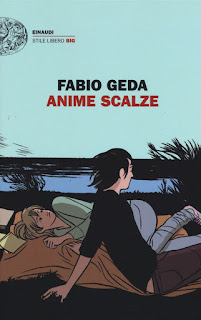Vincent Van Gogh: between genius and madness
I am sure you all have seen at least one of Van Gogh’s paintings in your life and, if you have not, you will easily find one on the Internet. As a matter of fact, he is now considered one of the most important artists of all time: his exhibitions draw people like magnets and his works are worth several million dollars. But it has not always been like that, actually.
To be honest, Van Gogh had a very poor life, his ability as an artist was underestimated, he had a terrible relationship with his parents and siblings, except for Theo, his younger brother (who had with Vincent a significant exchange of letters, which is now considered extremely important to study the artist’s life) and he suffered from short psychotic episodes that provoked deep pain in him
In 1888, Vincent experienced the first of eight episodes of crisis. As he wrote in his letters, he experienced extreme and deep anxiety, memory loss, partial paralysis and started hearing and seeing things. It was during one of these crises that he cut off his ear and gave it to a woman, probably a prostitute, as a gift. He was then hospitalized. After the third episode, he decided to be admitted into an asylum. At this point, the idea that his creativity was linked to madness was well known and generally accepted, but Van Gogh himself rejected it, considering madness an illness like all the others that cannot really define someone’s way of doing art. So, even in the asylum he kept painting. Of course, at the time there was little treatment available for those considered mad and even if he was given bromide and therapy baths, the episodes became more and more frequent. In 1890 he decided to leave the asylum and move closer to his brother Theo. This was the most productive period for Vincent, who created a new painting almost every day. In a letter of that period , he says: Work distracts me infinitely better than anything else and if I could really throw myself into it with all my energy, that might possibly be the best remedy. Sadly, these were also the last months of the artist’s life. As a matter of fact, in July of that year Van Gogh died due to a deadly gunshot wound. Nowadays, it is not clear whether Vincent shot himself or if someone -accidentally or intentionally- killed him, but at the time everyone thought of suicide and, since this act was a crime then, he was buried quietly, with only few people attending it. Six months later, in January 1891, Theo Van Gogh also died.
I think that describing Van Gogh as a mad genius reduces him to his mental health only. It must be said that even if his mental illness may have influenced his art style, he was not such a great painter because of that; actually, I would rather say that he was a great painter despite his condition, because in so many years of suffering he never allowed it to stop him doing what he loved the most.


